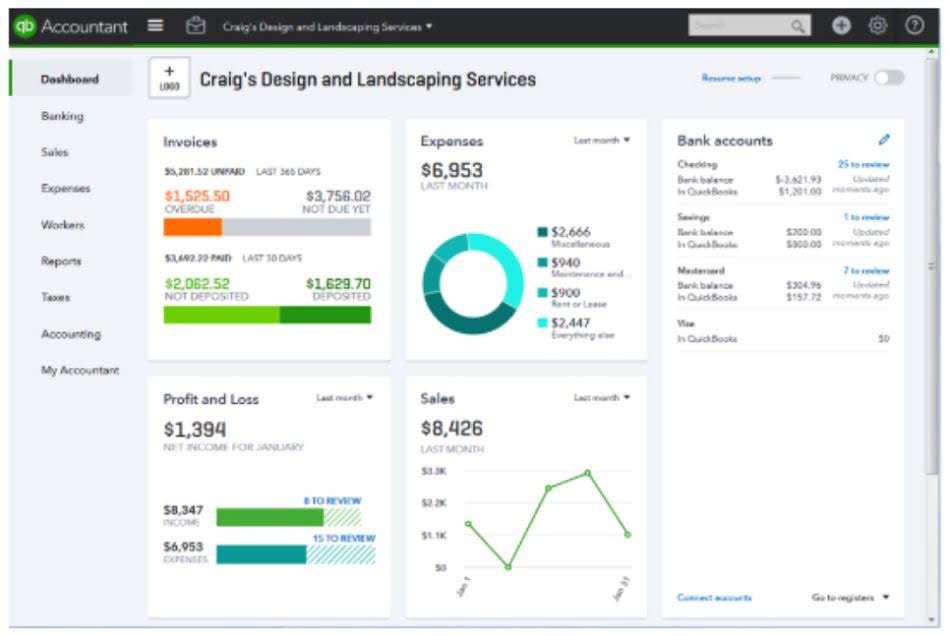
Additionally, they provide mechanisms for the early detection of security issues. To prevent purposeful fraud, ensure your accounting practices are tight and have oversight, such as through periodic payroll audits. Many payroll software and PEOs will allow advances and automatically deduct them from the next paycheck. So, now that you’re aware of a few of the most common types of payroll fraud, you can be better prepared to prevent it from occurring. Here are a few tips that we recommend to set your company up for success by using these payroll fraud prevention tactics. For example, scorecards are one way Congress can track agency performance in preventing, detecting, and recovering improper payments and reducing fraud within government programs.
Establish clear and comprehensive payroll policies
By understanding the types of payroll fraud and applying procedures to prevent them, you can reduce your chances of becoming a victim. Some steps are as simple as clear pay and clock-in guidelines, what is payroll fraud and others may already be available to you. Also, investing in a payroll service that has anti-fraud tools will be beneficial—check our guide to the best payroll services for some options.

Common Payroll Fraud Schemes
- Apart from financial losses resulting from unauthorized payments, it can lead to legal ramifications for the organization.
- It can also be carried out by employees who make false claims for payment and by employers who classify full-time employees as independent contractors to avoid paying payroll taxes and insurance.
- Analyzing payroll expenses in relation to business performance metrics can provide insights into potential discrepancies.
- We estimated that the federal government could lose between $233 billion and $521 billion annually to fraud alone.
- Employees caught committing time card fraud could face serious consequences, including termination of employment and legal action.
- The fraud can get significantly more costly when the padded time triggers FLSA overtime.
- Sentencing Guidelines and statutes which govern the determination of a sentence in a criminal case.
While more common in larger businesses, ghost employees can exist at any organization without strong internal controls. Owners and executives perpetrate 20% of all occupational fraud schemes and cause more monetary damage than employee swindlers, the CFE report says. These three types of overpayment fraud schemes are typically internal issues and, therefore, harder for an outside payroll company to detect. While Complete Payroll does its best https://www.bookstime.com/ to help detect payroll fraud, we recommend that your company implement practices such as separation of duties to try to prevent payroll fraud. This type of payroll fraud occurs when a manager creates or inflates higher pay rates, overtime rates, commissions, or bonus pay. This type of fraud usually happens at the manager or executive level, since this scheme has to have a manager sign off on fraudulent timesheets and overtime pay rates.

Conduct surprise audits:
Additionally, verifying sales data with appropriate documentation and cross-referencing commission payouts against actual customer orders or invoices can serve as effective control measures. If employees falsify their timesheet submissions and get paid for hours they don’t work, businesses lose money. In some cases, employees arrange for coworkers to clock in and out for them when they’re not working.
- Time card fraud doesn’t just hurt your wallet—it messes with your whole operation.
- On the other hand, employers can commit payroll fraud by withholding wages and benefits that they owe their employees.
- This type of payroll fraud is almost exclusively committed by an employee at the company with access to the payroll system.
- It means no single individual controls more than one aspect of the payroll process.
- Additionally, incorporating real-world case studies into training materials can illustrate the consequences of payroll fraud and reinforce the importance of vigilance.
- Run regular audits that check employee behavior, verify records, and provide general oversight.
This type of payroll fraud occurs when a fraudster contacts the payroll manager or HR professional and requests a bank account change for their paychecks. This is often done through email, and companies should be especially aware if the request appears to have a strong sense of urgency and pressures the HR manager to complete the change quickly. Who’s to blame when a company is a victim of a devastating payroll fraud scheme? Aside from the fraudster(s), of course, there are others in the company in positions to ensure this doesn’t occur and finger-pointing isn’t going to solve anything. But knowing all the different schemes and how to prevent and detect them might. With our payroll processing software, you can easily manage payroll while keeping your staff’s information safe from malicious third parties.


This includes being vigilant for duplicate entries, sudden spikes or changes in overtime hours, or excessive overtime claims. These irregularities can often be red flags signaling potentially fraudulent activity. To effectively detect payroll fraud, implementing a comprehensive set of detection mechanisms is paramount.
- When an employee falsely claims sick leave while working for another company, it’s a form of payroll fraud.
- Tools like ACL Analytics and SAS Fraud Management offer robust capabilities for data analysis and fraud detection, making them valuable assets in any organization’s fraud prevention toolkit.
- In fact, businesses lose about 5% of their annual revenue to payroll fraud annually.
- Additionally, effective payroll systems integrate with your time and attendance tracking system.
- When any one individual has excessive control over payroll, it becomes easier to commit and conceal fraud.
